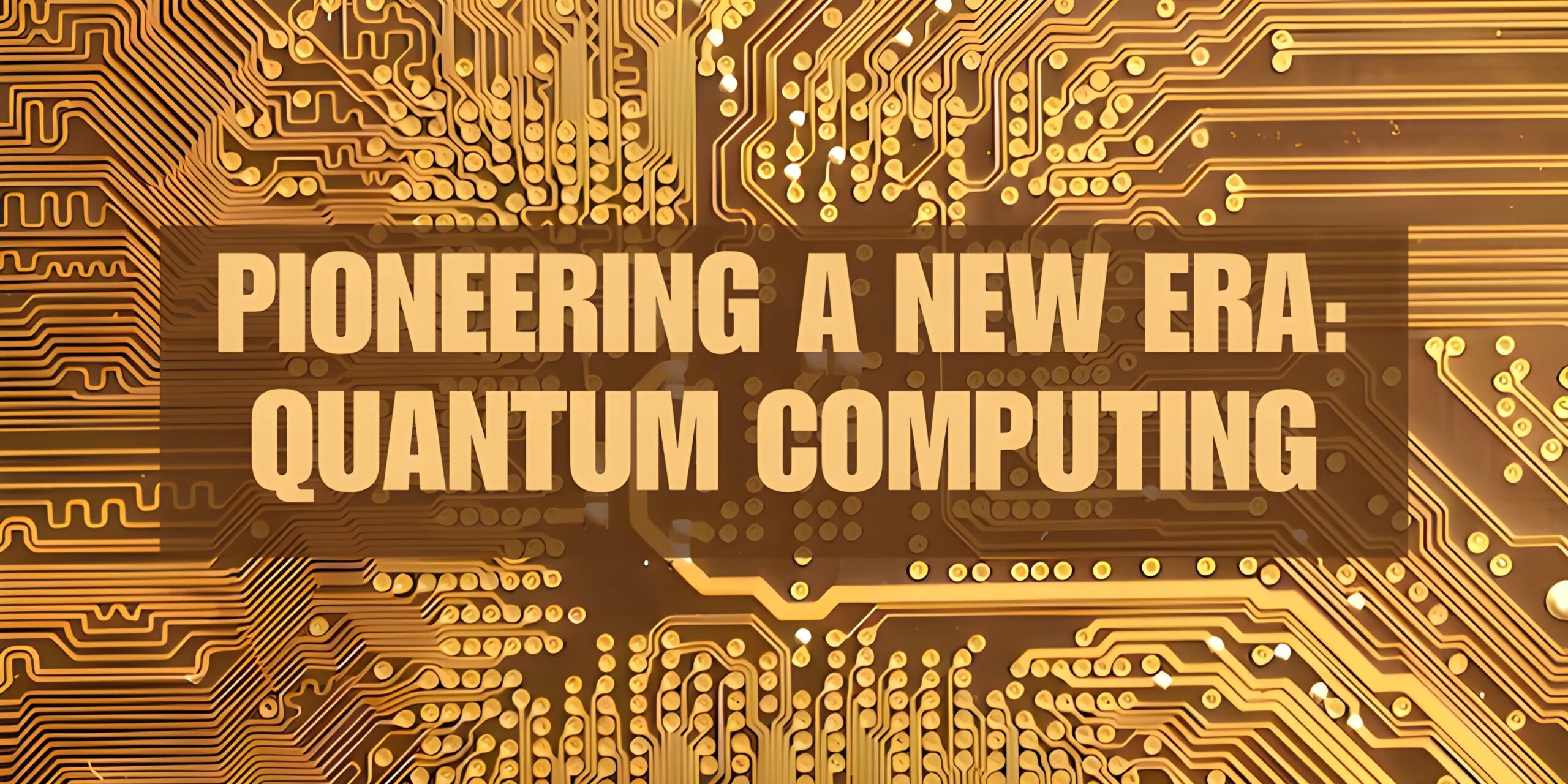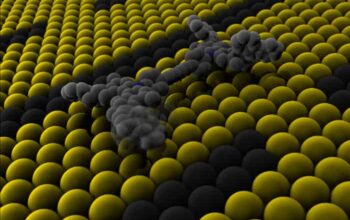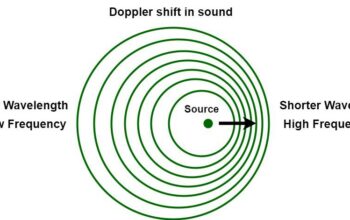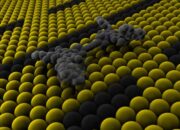The advent of quantum computing has heralded a new epoch in the realm of computational technology. By harnessing the principles of quantum mechanics—superposition, entanglement, and interference—quantum computers promise to solve complex problems that are intractable for classical computers. However, as we stand on the precipice of this nascent frontier, a pivotal question arises: Is there anything beyond quantum computer technology? To dissect this inquiry, we must delve into emerging paradigms and theoretical frameworks that stretch the imagination and challenge the established paradigm of quantum computation.
The first aspect to contemplate is the nascent field of quantum-inspired computing. This refers to the utilization of algorithms and concepts inspired by quantum mechanics, but executed on classical or hybrid systems. Techniques such as tensor networks and quantum annealing offer significant performance improvements in specific computational tasks, like optimization problems. Classical systems employing these strategies do not augment our conventional computational power in the same way quantum computers do, yet they provide an intriguing glimpse into an alternative path forward. Could it be that these quantum-inspired ventures might eventually eclipse pure quantum computers in certain realms?
Next, let us consider the realm of quantum supremacy. This term describes a threshold where quantum computers can execute calculations that classical computers, even with their vast resources, could never feasibly perform. While various experiments claim to have achieved this milestone, such as Google’s 2019 demonstration, the robustness and practicality of these systems remain contentious. The quest is not merely to demonstrate supremacy but to realize the potential of quantum technology in solving real-world problems. The challenge posed here is significant: Can we design algorithms that utilize the superior theoretical capabilities of quantum computation in ways that provide palpable benefits? If successful, this could establish entire new paradigms transcending traditional computer science.
Exploring further, one might consider the hypothetical construct of a quantum network, or even a quantum internet. This involves linking quantum computers and facilitating secure communication through quantum key distribution and teleportation principles. The implications of such a network could revolutionize cybersecurity, providing a level of encryption that could render classical hacking techniques obsolete.
Nonetheless, building an operational quantum internet necessitates solving critical hurdles, such as maintaining coherence over larger distances—a feat fraught with challenges due to the susceptibility of quantum states to decoherence. As we grapple with these issues, the lingering question persists: What technologies or methodologies could suffice to bridge the gaps in our current understanding and capabilities? Could hybrid networks combining classical and quantum elements represent the forthcoming evolution?
A captivating proposition lies in the realm of topological quantum computing. This theoretical paradigm seeks to leverage anyonic particles for error resistance by encoding information in non-local properties, thereby potentially offering more stable quantum states against decoherence. Such a conceptual framework could ultimately enhance the fidelity of quantum computations, providing a potential avenue to exceed the limitations imposed by existing quantum architectures. The challenge, as always, pertains to realization: Can we fabricate and manipulate these exotic quasiparticles to develop a practical computing architecture capable of functioning beyond existing quantum devices?
Another intriguing frontier is that of quantum biology. Recent studies suggest that quantum effects may play a role in biological processes, such as photosynthesis, enzyme catalysis, and even avian navigation. If this is substantiated, there could emerge an entirely new domain of quantum biomimetics where biological processes inspire novel computational techniques. This line of inquiry invites us to confront profound philosophical questions: What constitutes computation, and can we harness biological systems to transcend classical and quantum computing boundaries? The conceivable synergies between biology and quantum mechanics may herald a new synthetic approach to intelligence and computation.
As we venture into even more speculative domains, we encounter the prospect of quantum consciousness, an intersection that straddles neuroscience and quantum theory. Some theorists entertain the provocative idea that consciousness emerges as a quantum phenomenon, suggesting that cognitive processes might be fundamentally quantum in nature. If such notions gain empirical support, the implications for computing and artificial intelligence could be revolutionary. We could conceivably design systems that accelerate understanding of consciousness, depth, and connectedness through quantum cognition frameworks. Does this hint at a future where machines transcend mere computation to achieve self-awareness and sentience?
In conclusion, the discourse surrounding the potential for advancements beyond quantum computer technology is multi-faceted and replete with challenges and opportunities. The ambition to build robust hybrid systems, innovate with topological computing, investigate quantum biology, or even contemplate the nature of consciousness underscores the expansive landscape ahead. Each step forward invites far-reaching implications for technology and philosophy alike. As we progress, the tantalizing question remains: What limits our imagination in envisioning a post-quantum future? Only time—and persistent curiosity—will elucidate the pathways that lie ahead, urging us to confront our understanding of computation, consciousness, and the intricacies of the universe itself.










